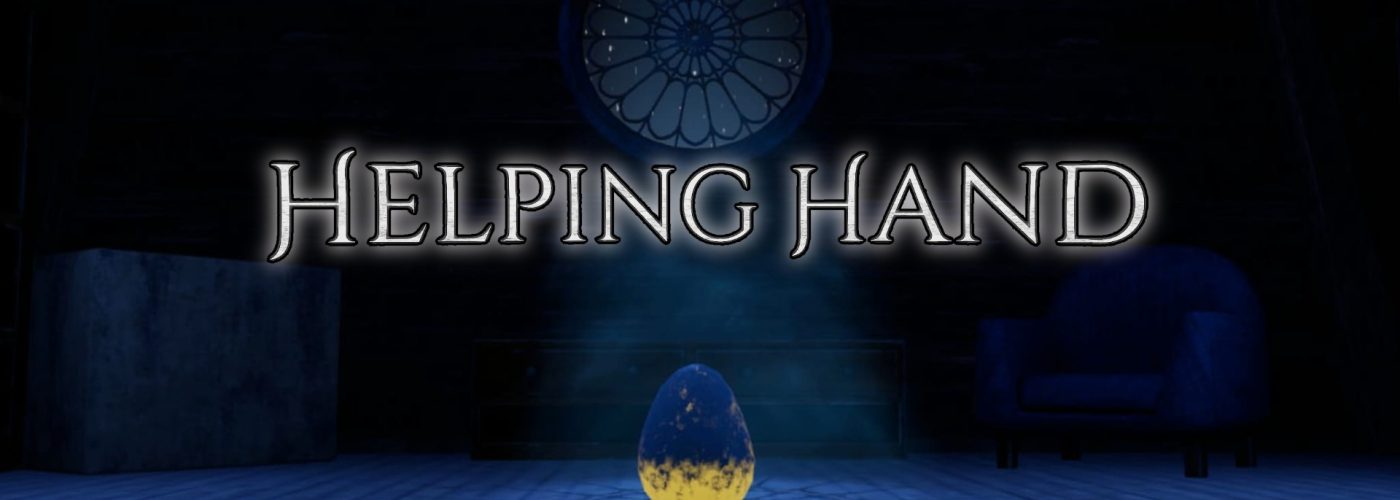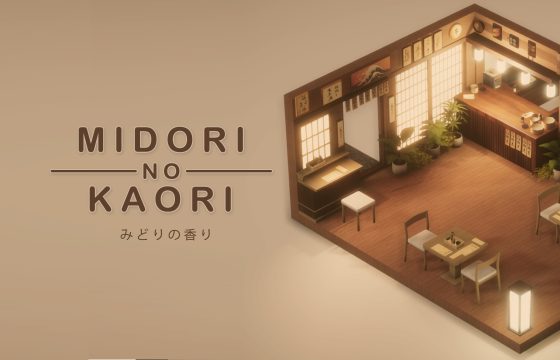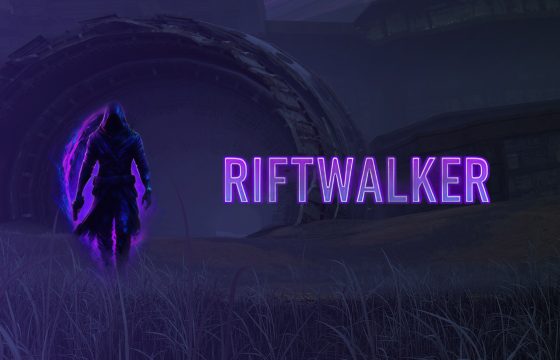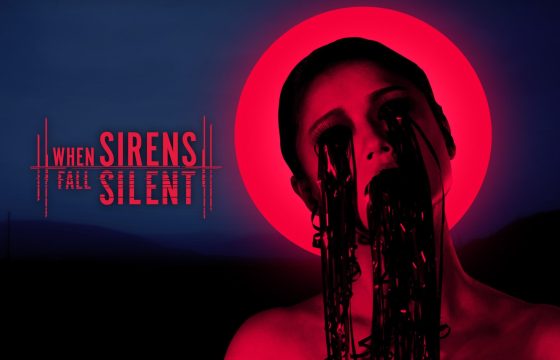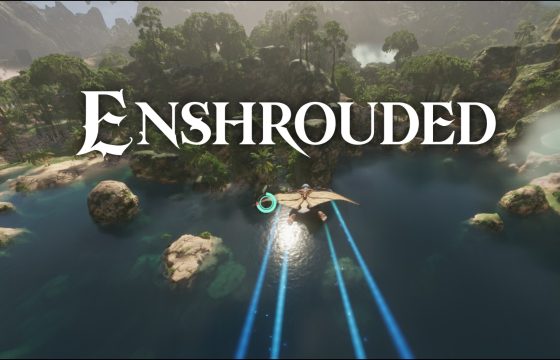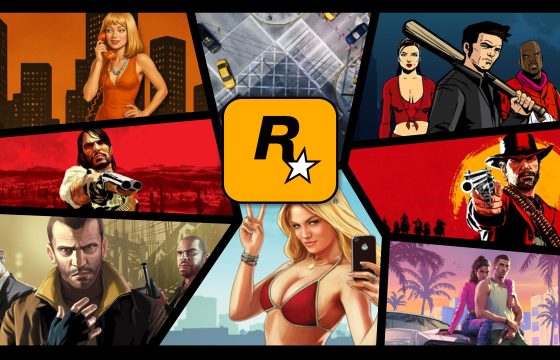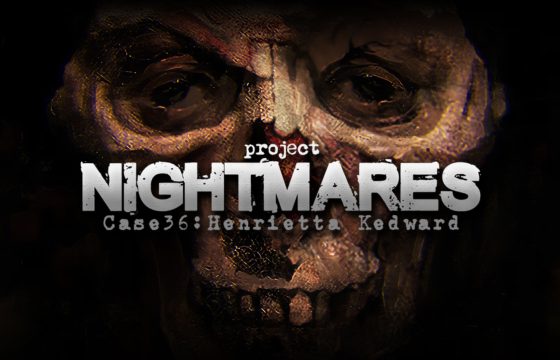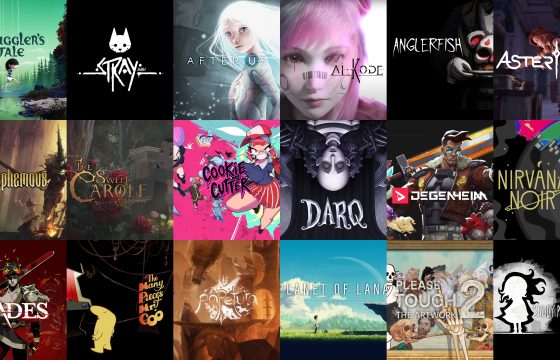At Funside in Treviglio, we had the chance to try out Helping Hand, the VR title in development by the Italian indie studio Erupting Moka.
Helping Hand is currently in development for Steam VR and Meta Quest, with a planned release in September 2025.
The demo impressed us with its smart mix of platforming and puzzles. What stood out most was the small main creature. It instantly sparked a desire to protect and guide it. You follow it through a dark, surreal, and unsettling world. The atmosphere draws clear inspiration from Little Nightmares, but the team reimagined it in a more interactive, immersive way.
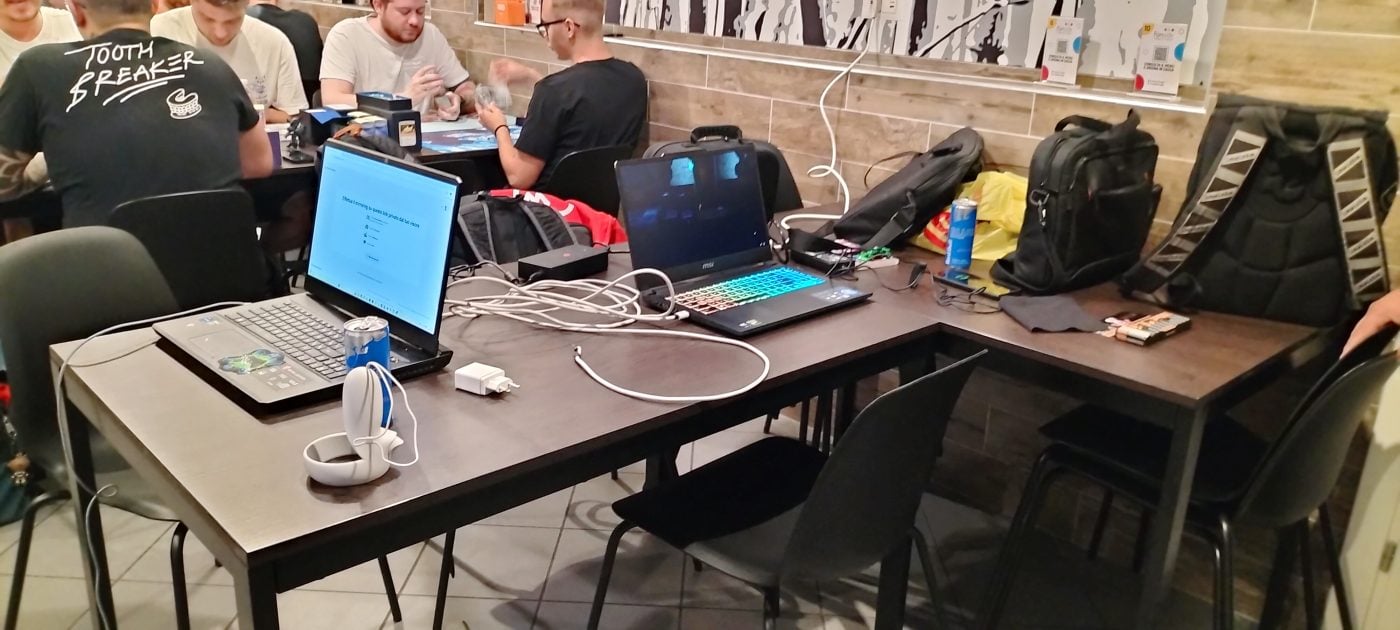
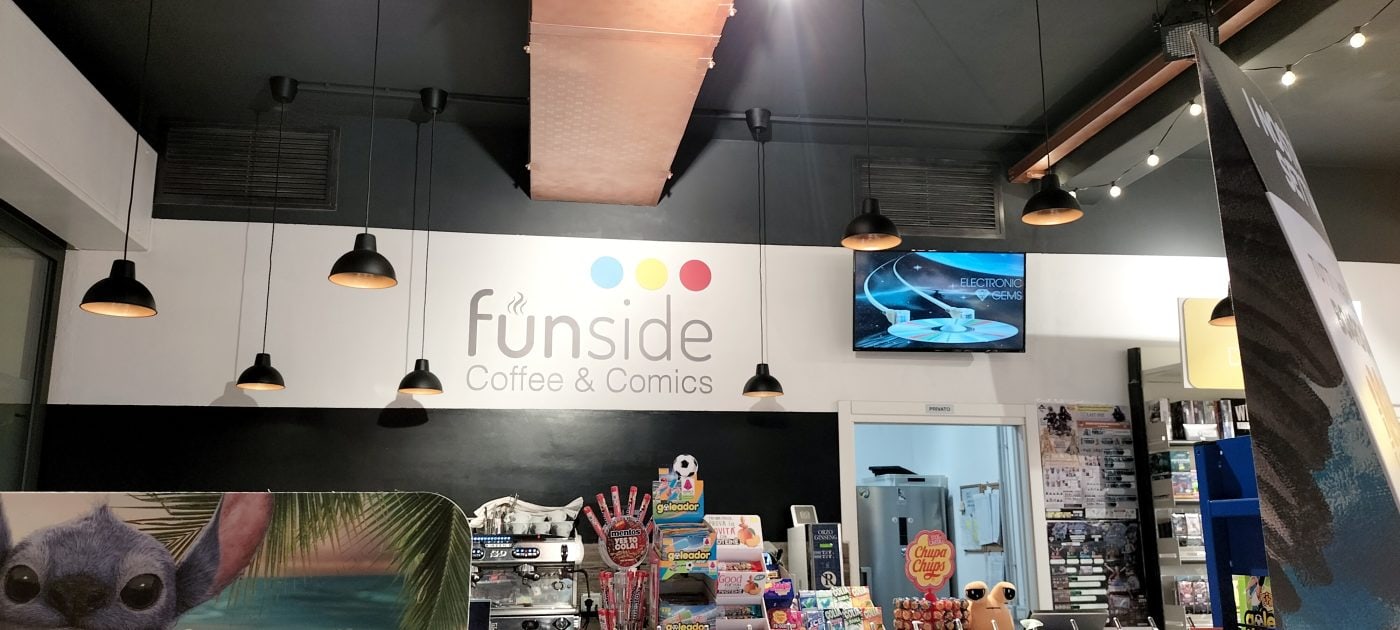
The gameplay features a unique dynamic: you control two characters simultaneously, one in first person (a sort of guiding spirit) and one in third person (the creature to be saved). The result is an intuitive and original experience that encourages empathy and reflection, while remaining accessible even to those new to virtual reality.
We were slightly concerned about the risk of motion sickness, but the developers have skillfully addressed it with smooth and intuitive solutions. Despite a few glitches here and there (which are expected in a pre-release version), the game shows great potential and has a well-defined identity.
Who Are the Creators
Erupting Moka is a studio made up of eight people, born in an academic setting and grown through a shared passion for virtual reality and narrative experimentation. In addition to the artistic and technical side, the team is also involved in VR training and immersive applications for the professional world.
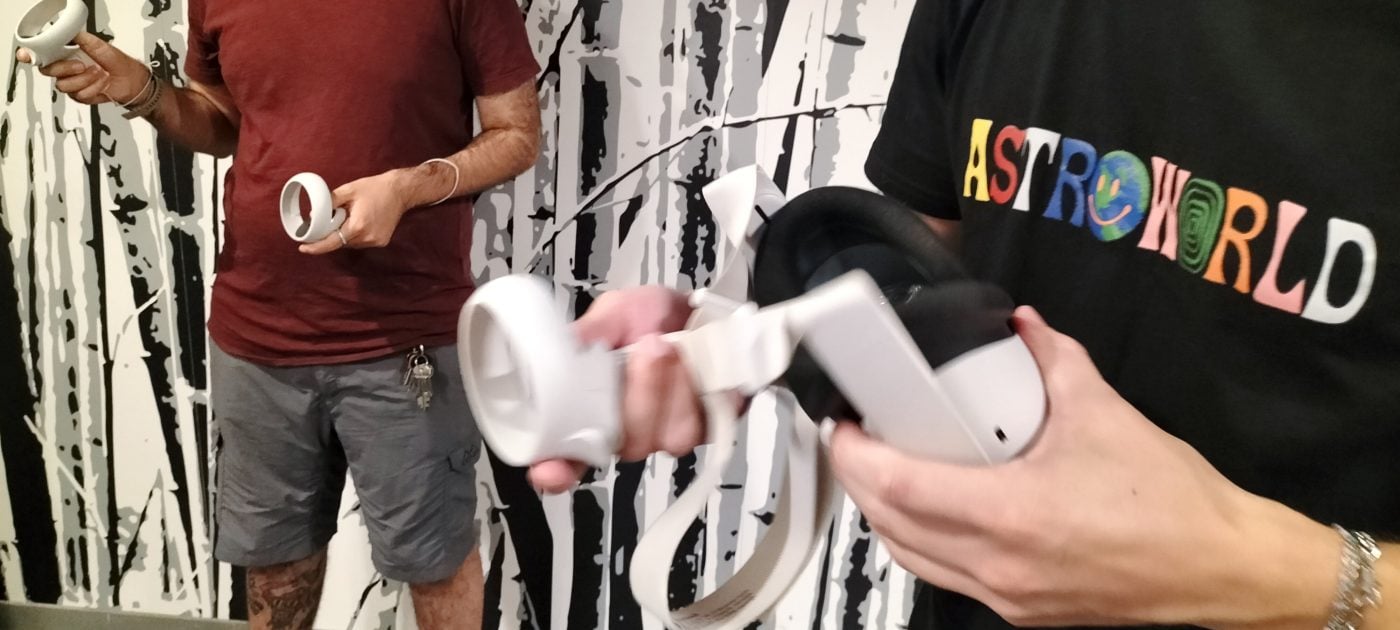
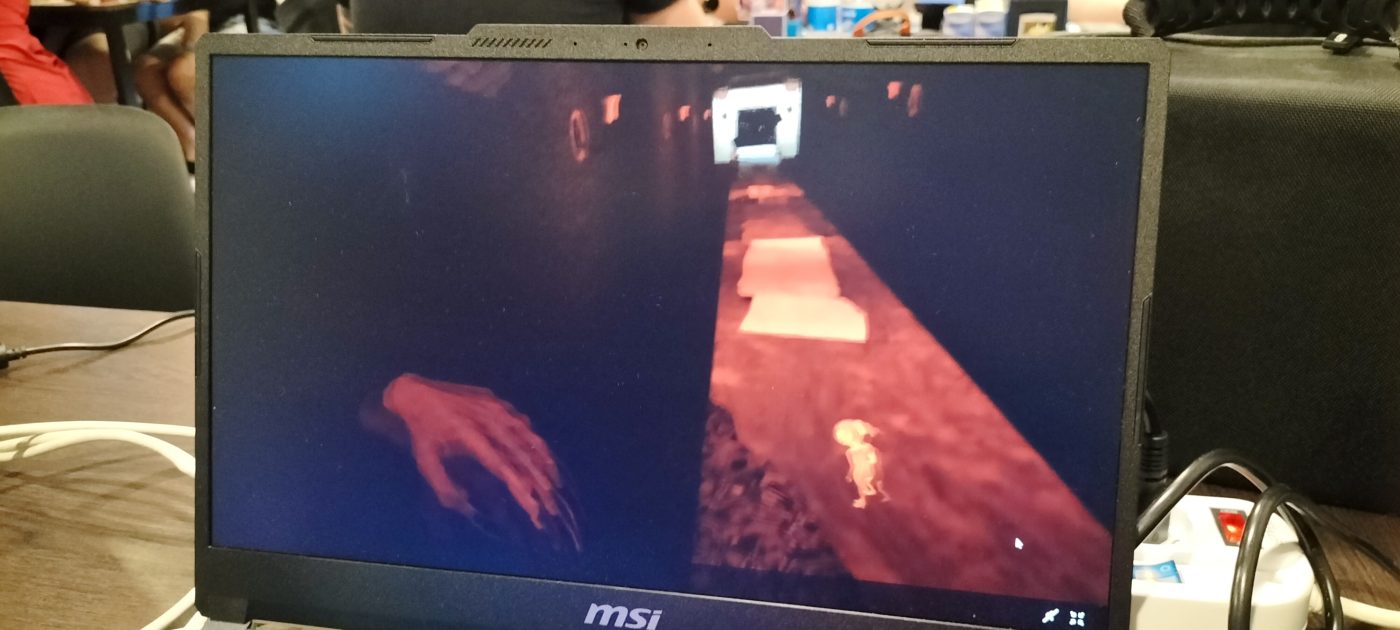
Their approach combines artisanal craftsmanship, ambitious design, and a focus on the international indie market. Helping Hand is their first official title, but they have already worked on other smaller VR projects, including collaborations with external partners.
Interview with Antonio Faliseno (Erupting Moka)
IGD: Where did the idea for Helping Hand come from, and what led you to develop it in VR?
AF: The idea was born about two and a half years ago during a university exam. We looked for a concept suitable for a presentation. We decided to focus on VR, a field where we already had experience. The project then evolved into something tangible. Our technical skills and desire helped fill a market gap with a horror-themed puzzle-platformer.
IGD: What has been the most difficult and the most exciting moment in the development process?
AF: The most challenging part was working with Unreal Engine. While it’s graphically powerful, it’s not optimized for VR. The most exciting part, on the other hand, was showcasing the game at events like Games Week, Torino Comics, and Frozen Festival, and seeing the positive reactions from the public, even from people who don’t usually play in virtual reality.
IGD: How does the dual control between first and third person work, and what does it add to the gameplay?
AF: The game is played from two perspectives: in first person, you control a spirit that interacts with the environment, while in third person, you guide a creature through platforming sections. The combination creates an original and immersive gameplay experience. Inspirations? Moss 2, Astro Bot, and other titles with dual interaction, though we aim for a darker, more unsettling tone.
IGD: What artistic or narrative references inspired the game’s atmosphere?
AF: The story is original, written in-house, and subtly woven into the game. Visually, the main inspiration is Little Nightmares. For the character design, we looked at figures like Dobby and Baby Yoda, we wanted something strange yet endearing, a creature that evokes empathy and the instinct to protect it.
IGD: What’s it like working in an indie team in Italy today, and what role does creativity play in that context?
AF: Creativity is fundamental, but real support is still lacking. In Italy, video games are often viewed with suspicion. However, events like First Playable and the work of IIDEA are starting to change things. Italy has potential, but it still needs to find its own game development identity to stand out internationally.
IGD: After Helping Hand, what’s next for Erupting Moka?
AF: After launch, we’ll continue with updates and improvements. Then, we’ll probably move away from VR, while still using Unreal for its graphical potential. We want to strike a balance between games we enjoy and titles with commercial potential. Our long-term goal is to grow as a studio, establish ourselves, and develop increasingly ambitious projects.
Helping Hand is a small but promising gem in the Italian indie VR scene: a project that blends heart, tension, and experimentation, born from a young team with clear, ambitious ideas.
If the thought of protecting a fragile creature in a dark world, playing with perspective and empathy, even slightly intrigues you — don’t wait:
Add it to your Steam Wishlist now!
That way, you’ll be among the first to know when it becomes available… and maybe even help shape the future of made in Italy gaming.

